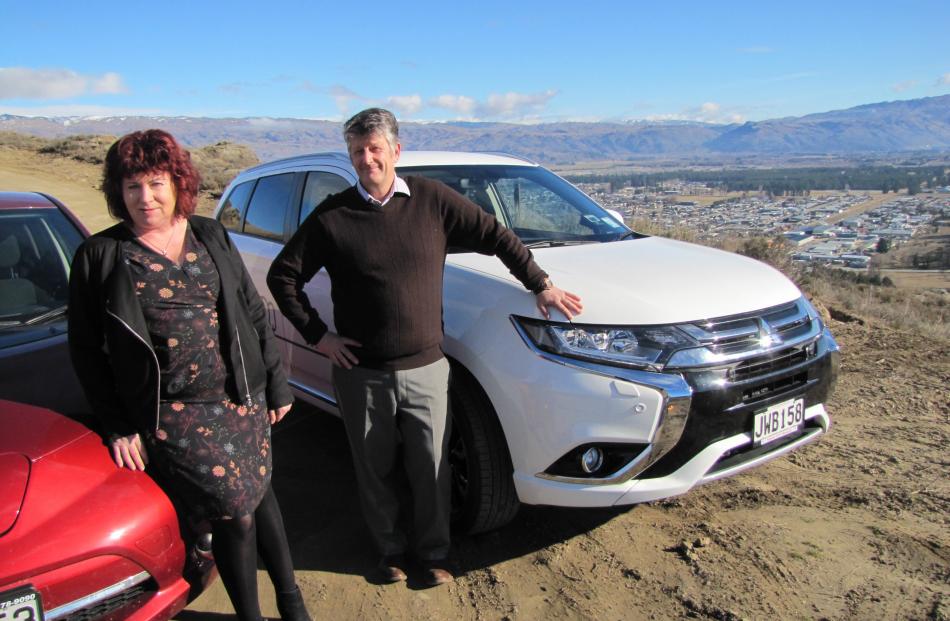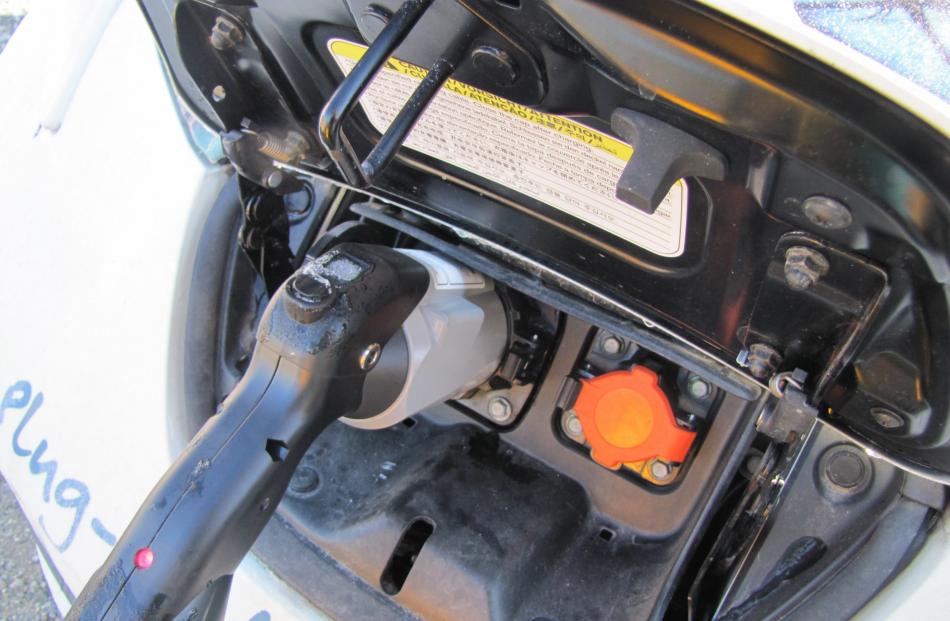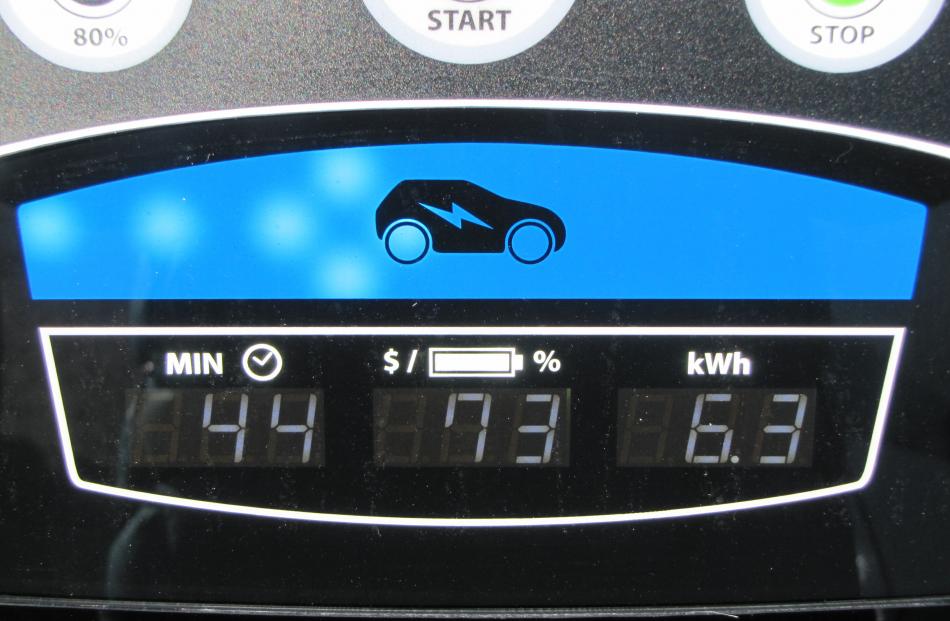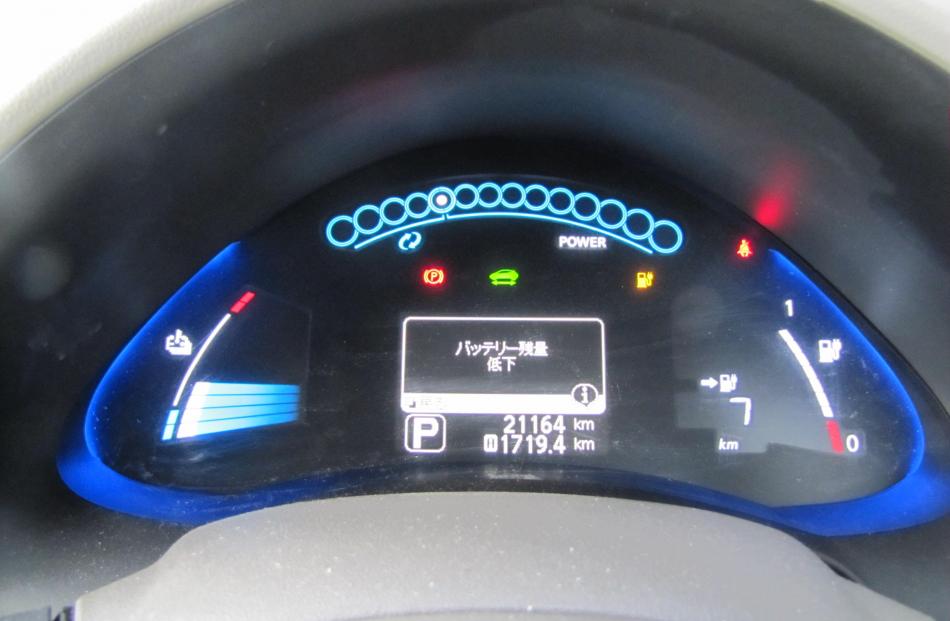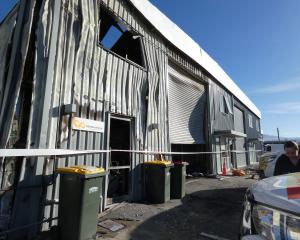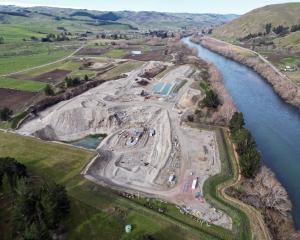Electric cars are the way of the future, Pam Jones discovers, when she takes a Pioneer Energy electric car on a two-day spin around Central Otago. As the global need to reduce carbon emissions becomes more than just a catchphrase and technical advances mean electric cars are becoming an everyday reality, it’s time to be powered by the wind, sun and water, converts say.
I’m cruising down a Central Otago highway at 100kmh, powered by the wind.
It’s a futuristic, alternate universe, light-to-the-touch experience. Want to know what the future looks like? Apparently this is it. Electric cars are the way ahead — converts, the environmentally conscious and even the odd petrolhead say — reducing our carbon footprint and being easy on the pocket. It’s an environmental and financial win-win in a world where cash and cars are king.
But this is weird. There’s no noise, other than road noise, such as the tyres on tarmac.
It’s keyless, so other than using the key to lock and unlock the car, once inside, it gets thrown to the side, and you push a button to start the car.
And then it seems like nothing. My engineer father even insists on me starting the car with the bonnet up, so he can look at the electric motor to check it’s really running, so quiet it is. It’s a little bit like driving a toy car, space age and smooth.
So it definitely has novelty value. But what about the facts and figures?
Electric cars are not a modern invention, instead evolving through various breakthroughs from innovators in Europe and the United States in the 1800s. The first crude electric carriage (basically a battery and motor strapped to a horseless carriage) is generally credited to Scottish inventor Robert Anderson in about 1832, and French, English and American inventors developed electric cars later that century. Even Thomas Edison and Henry Ford are said to have partnered to develop an electric car model.
The United States Department of Energy says by 1900 electric cars were at their heyday, accounting for about a third of all vehicles on the road in the US. But Ford’s mass-produced Model T put paid to that. Developed in 1908, the Model T made gasoline-powered cars widely available and affordable. And by the 1920s, when the US had a better system of roads and had discovered Texas crude oil, electric cars had become even less popular, all but disappearing by 1935.
Soaring oil prices and gasoline shortages in the 1970s reignited interest in electric cars but the true revival happened at the beginning of the 21st century, sparked by the international release of the world’s first mass-produced hybrid electric vehicle, the Toyota Prius, and the work of Tesla Motors, which produced a luxury electric sports car that could go for more than 300km on a single charge.
Tesla continues to dominate the market when it comes to headlines — its Model S P100DL this year recorded the fastest time 0-60mph (96.5kmh) for a production car of just 2.28 seconds — but other carmakers have entered the market. The United States Department of Energy says there are now 23 plug-in electric and 36 hybrid models from which to choose.
The car I’m driving — on loan from Pioneer Energy’s head office in Alexandra — is a Nissan Leaf.
It’s billed as the world’s No1 selling electric car, with quick acceleration, instant torque, "exceptional handling, comfort and a five-star rating".
When I hop in the car with my teenage daughter she has another important question.
"Does it have blue-tooth?" (Yes).
My hunting-mad husband has a more pressing concern.
"Have they got it in 4WD?"
No, but he was "well impressed" when taking it for a spin to Clyde.
"It’s like flying. This is the future."
We invite our neighbour and owner of Kiwi Undercar, Steve Bryant, to take us for a ride and his mechanical nous provides a more informed picture. He’s impressed with its handling and economy. If you charge your electric car at home it will cost about $3 to travel 100km. My well-worn Toyota Camry would need about 10 litres of of fuel to do the same, costing about $20, Mr Bryant says.
He says he could easily get used to driving an electric car, and has some extra ideas. What about putting solar panels on the roof of your car so it’s always being charged? And if it’s so cheap to charge it at an electricity source, why don’t restaurants and cafes provide the service for free, in the same way many offer free Wi-Fi?It’s the economy of operation that makes electric cars of interest to many, even to those who love the rumble or purr conventional cars make when they rev to life.
My father possibly summed up their feelings when he said: "I’d like it [the electric car] more if it sounded like my Commodore, but it would be bloody marvellous around town."
Electric cars are the opposite to petrol and diesel vehicles when it comes to in-town versus out-of-town efficiency; electric cars are more efficient running around town than out on the highway.
But it is the range of electric cars that is their main drawback at present.
The Nissan Leaf has a conservative range of 100km, making it the ideal ‘‘around town’’ car, Pioneer chief executive Fraser Jonker says.
As a key player on the national energy stage, Pioneer has an interest in electric cars befitting its investment in renewable energy, Mr Jonker says.
"We are 80% renewable energy in New Zealand so there is no reason why we can’t eventually have 80% electric cars [in New Zealand], or even 100%."
Pioneer has two electric cars — one each in its Alexandra and Wellington offices — and four hybrid cars in its Alexandra office. But although standard hybrids might ease users into the mental space of using an electric car, they offer no real carbon savings, as they use the petrol engine to charge the battery, Mr Jonker says. (A plug-in hybrid does use electricity to recharge the battery, so offers some carbon savings).
He says as the price of electric cars comes down — you can now get a second-hand Japanese import for about $10,000 — it makes "more and more sense" to switch to electric cars. Not only is it the right thing to do environmentally — the Energy Efficiency and Conservation Authority (Eeca) says a car will produce 80% fewer carbon emissions if used in New Zealand, and 60% fewer carbon emissions over its lifetime — it makes economic sense.
The maintenance of an electric car is far lower than one with an internal combustion engine, Mr Jonker says. However, electric cars’ batteries have finite lives and needed replacing (they are then recycled). The Nissan Leaf’s battery would need replacing after about eight years at a cost of between $5000 to $7000, so the decreased maintenance costs are offset by the battery costs, Mr Jonker says.
But for driving around town — which is what most people’s electric vehicles were used for — they are perfect. And newer models are being developed with greater range. Plus more public fast-charging stations are being established. A ChargeNet site has been installed in the centre of Alexandra; a Tesla site at Hawkdun Rise Vineyard and Bed and Breakfast, in Alexandra; the Central Otago District Council is providing land for additional ChargeNet sites in Ranfurly and Roxburgh; and other locations are being considered by council and other agencies.
The council has two plug-in hybrid cars which staff members use and chief financial officer Bernard Murphy says electric cars are "certainly where we’ve [society] got to head".
Alexandra resident Helen Brown says electric cars make even more sense if solar power is used to charge them. She and her husband, Mike Olsen, have solar at their home and that was the main reason they had bought an electric car, to use up their own electricity.
The fast-charging stations can cost about 10 times the price of charging your car overnight at home (the ChargeNet Alexandra site took an hour to get my battery to 80% capacity and cost me $17.06 to get 7.6KWh of electricity, which gave me just over 50km of usage) but they are faster than charging your car at home. Mr Jonker says they are good for "special circumstances" when you are out and about, but everyday charging is better to be done at home (people can charge their cars for free at Pioneer’s Alexandra office, although all standard chargers take longer than fast chargers, up to six hours to reach 80% capacity).
In Europe, electric cars are becoming more widely used and France and the United Kingdom have just announced plans to ban the sale of new petrol and diesel cars by 2040, Mr Jonker says.
Data from the European Environmental Agency shows almost 150,000 new plug-in hybrid or battery electric vehicles were sold in the European Union in 2015. Just six member states — the Netherlands, United Kingdom, Germany, France, Sweden and Denmark — made up 90% of all electric vehicle sales.
In New Zealand, there are 3896 electric vehicles registered, of which 1415 were registered during 2017 (as of July 19).
The Government has wiped road user charges for electric cars (light vehicles) until the end of 2021 and has a goal through its Electric Vehicles Programme of reaching about 64,000 electric vehicles on the road by then.
And last week Transport Minister Simon Bridges pledged one in three cars in the Government’s fleet would be electric by 2021.
The government vehicles would then flow through to the second-hand market, which was essential to increasing uptake and incentivising more charging stations, Mr Bridges said.

